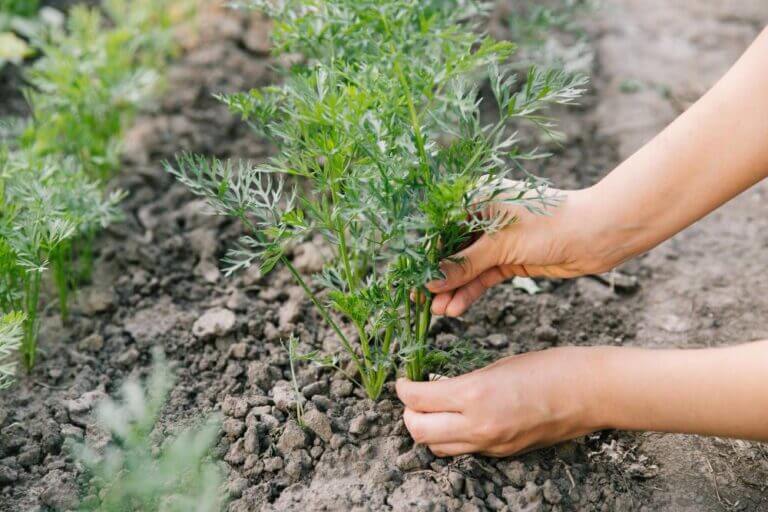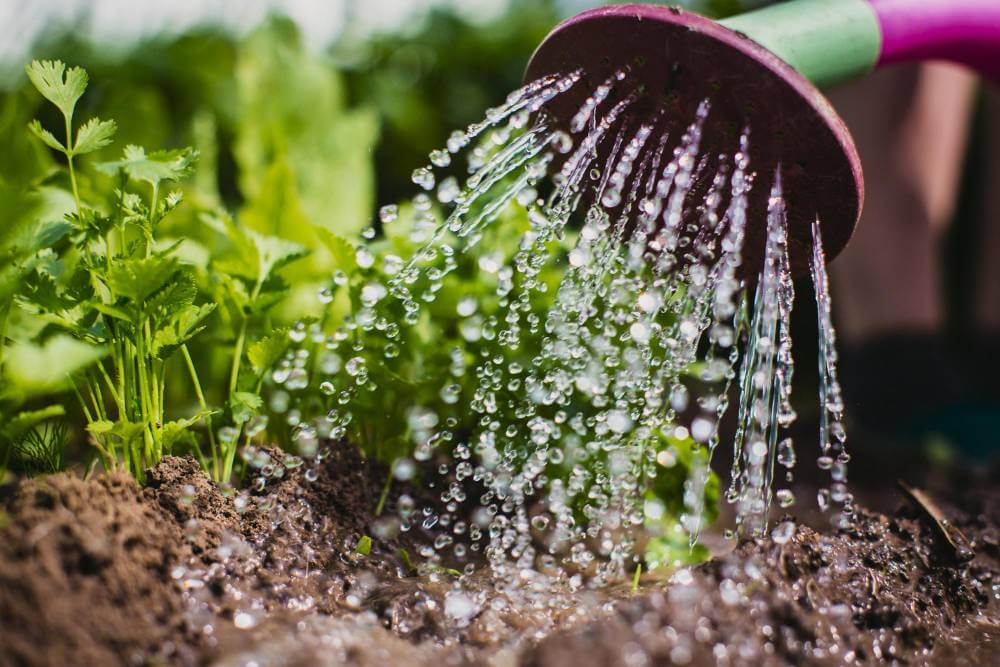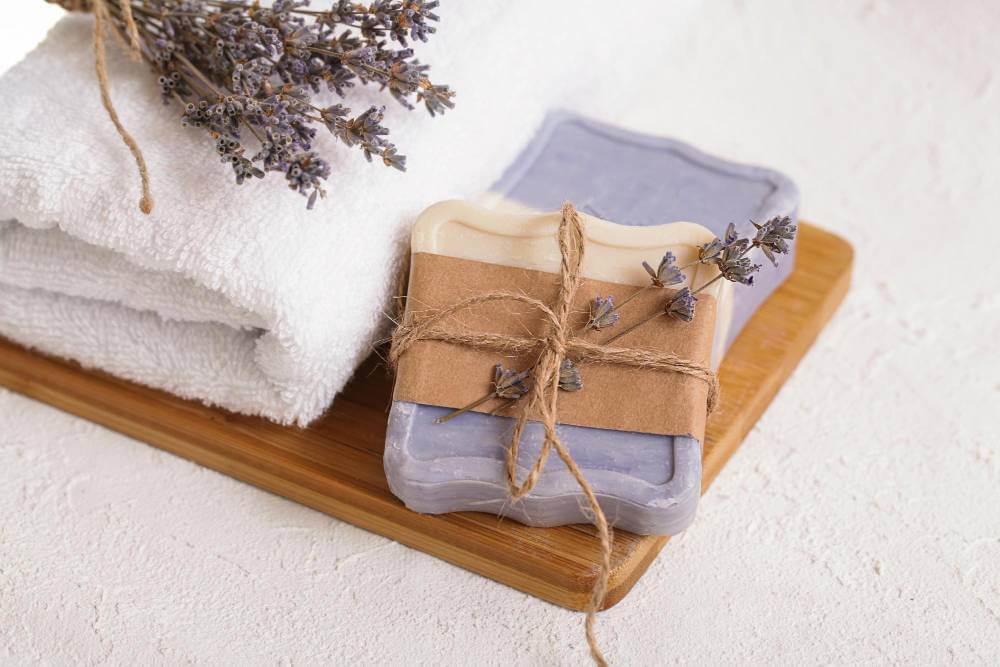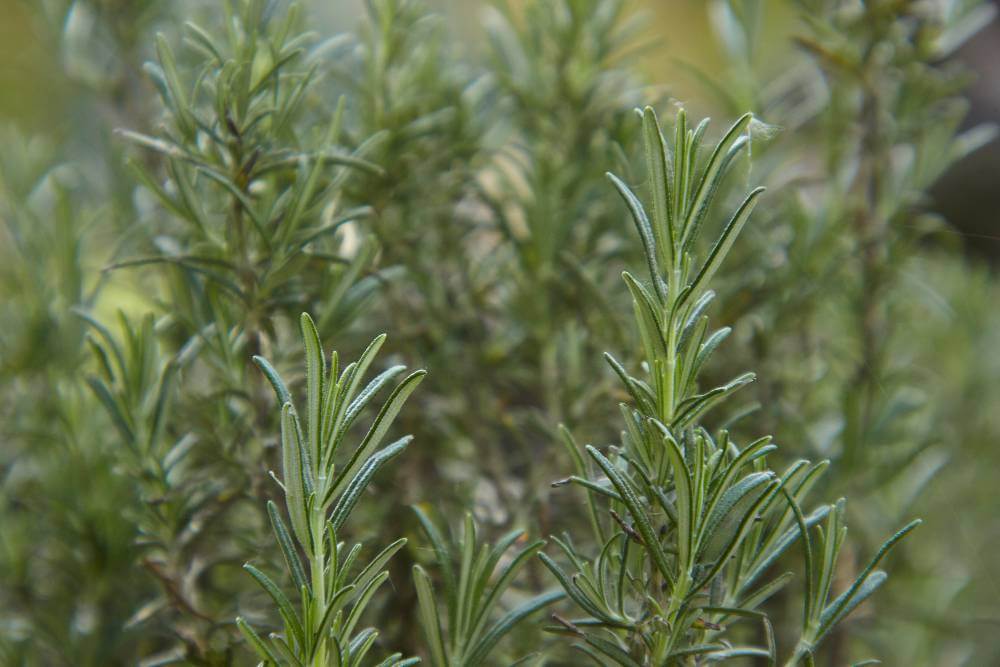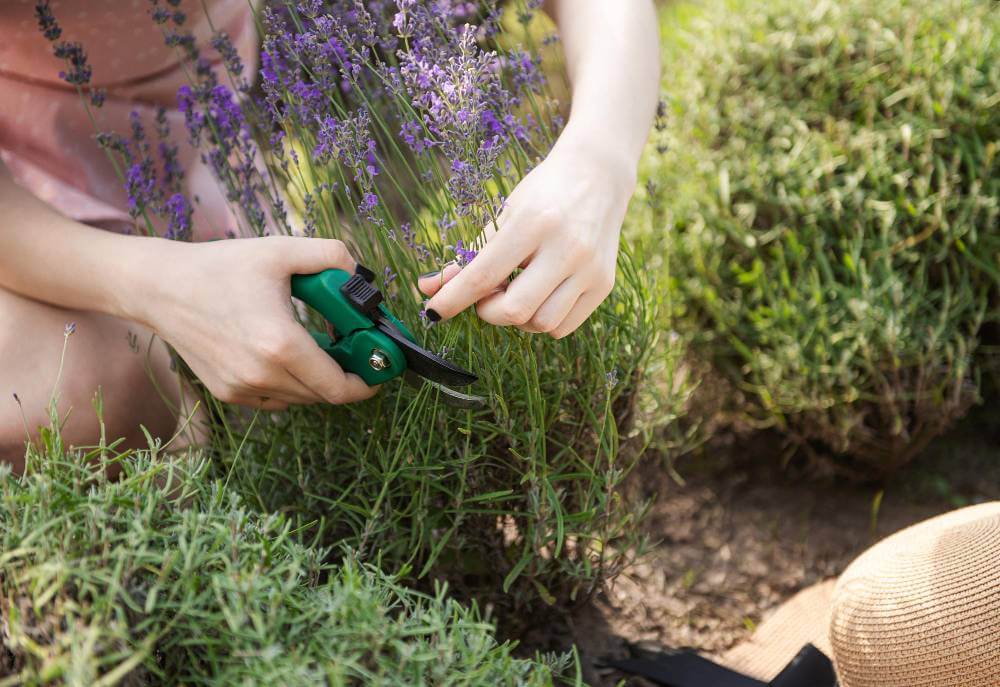Growing herbs can be a rewarding experience, offering fresh flavors right from your garden to your table. However, not all herbs are created equal when it comes to their cultivation requirements.
Some herbs present a challenge even to seasoned gardeners due to their specific needs for sunlight, water, soil conditions, and temperature. Understanding these needs and preparing to meet them can turn the challenge into a triumph.
Here’s a list of herbs that are known for being more difficult to grow, along with explanations for their relative complexity. Let’s turn those challenges into victories, shall we?
Cilantro (Coriander)
Cilantro can be a bit of a diva in the herb garden, bolting to seed at the first sign of warm weather. This herb prefers cooler temperatures and can quickly go from leafy to flowering, which reduces the harvest of its flavorful leaves. Consistent watering and planting in a spot that gets afternoon shade can help prolong its leafy stage.
Dill
While dill starts off easy enough, it can be sensitive to its growing conditions. It tends to bolt in hot weather, much like cilantro, and prefers a stable environment. Dill’s long taproot also makes it dislike being transplanted, so it’s best to sow seeds directly where they are to grow.
Tarragon
French tarragon, the variety with the most culinary value, can only be propagated by root division or cuttings, making it inaccessible to those who can only grow from seeds. It requires well-drained soil and does not tolerate wet roots well, which can be a challenge in certain climates.
Lavender
Lavender is beloved for its fragrance and beauty but demands well-drained soil and plenty of sunshine. It struggles in humid, wet environments and can easily succumb to root rot if overwatered or planted in clay-heavy soils. Achieving the right soil conditions is key to growing lavender successfully.
Saffron (Crocus Sativus)
Growing saffron, the world’s most expensive spice, involves planting crocus bulbs and requires a lot of patience and care. Saffron needs full sun and well-draining soil. It also only blooms once a year, and harvesting the stigmas (saffron) is a meticulous, labor-intensive process.
Parsley
Parsley might seem easy at first glance but it has a long germination period, which can test the patience of many gardeners. It requires consistent moisture and can take up to 3-4 weeks to germinate. Additionally, it needs rich, well-drained soil to thrive.
Fennel
Fennel is not only picky about its growing conditions, preferring full sun and rich soil, but it also doesn’t play well with others. It can inhibit the growth of other plants and is therefore best grown isolated from your main garden or in containers.
Mastering the growth of these herbs requires understanding their unique needs and providing them with the right conditions to flourish. With patience and care, even these challenging herbs can become a rewarding part of your garden.
Cracking the Code: Tips for Growing Hard Herbs
Now, let’s talk about some general tips that can help you navigate the challenges of growing harder-to-grow herbs, especially if you’re just starting out as a gardener.
Firstly, don’t be discouraged by setbacks. Every gardener, seasoned or beginner, encounters obstacles along the way. Instead, view them as learning opportunities to refine your skills and better understand the needs of your plants.
Secondly, consistency is key. Establishing a regular watering schedule, providing adequate sunlight, and maintaining proper airflow around your herbs can make a world of difference in their growth and resilience. Additionally, don’t hesitate to experiment with different growing methods, such as container gardening or raised beds, to find what works best for your specific herbs and growing conditions.
Lastly, don’t underestimate the power of observation. Take the time to closely monitor your herbs, noting any changes in appearance or behavior, as this can help you identify and address issues before they escalate.
With patience, perseverance, and a willingness to learn, you’ll soon become a master herb gardener, even with the trickier varieties.
Creating Harmony: Pairing Difficult and Easy Herbs
One savvy strategy for managing difficult-to-grow herbs is to mix them with relatively easy-to-grow varieties within the same pot, raised bed, or growing area.
This approach not only maximizes space but also allows for a dynamic interplay of flavors, aromas, and textures. Consider pairing challenging herbs like cilantro or parsley with more resilient companions like basil or thyme.
The hardier herbs can provide a buffer, offering shade and support to their more delicate counterparts while also creating a visually appealing and diverse garden landscape. Plus, cultivating a mix of herbs can foster a symbiotic ecosystem, with each plant contributing to the overall health and vitality of the garden.
So don’t be afraid to mix it up and experiment with different combinations – you might just discover a winning formula!
In Summary
So there you have it, fellow herb enthusiasts – a guide to conquering those hard herbs to grow and turning your garden into a thriving oasis of flavor and fragrance. Remember, patience is key, and a little bit of love goes a long way in the world of herb gardening.
For more herb-growing tips, and garden inspiration, be sure to check out my other blog posts. Happy gardening!

